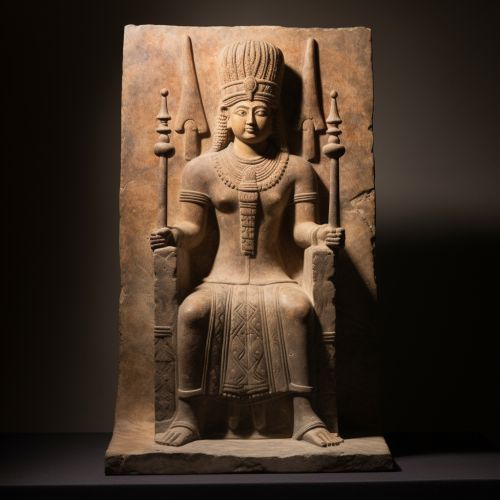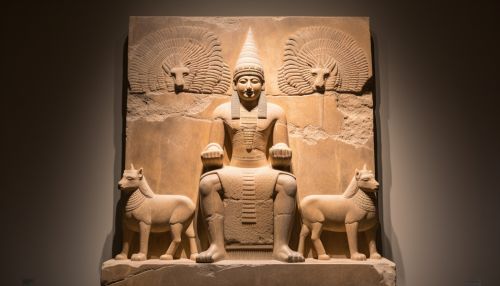Satrapy
Origins and Etymology
The term "satrapy" is derived from the Old Persian word "xšaçapāvā," which translates to "protector of the province." The word was used in the Achaemenid administrative system to denote the governor of a province, or satrapy. The concept of a satrapy is similar to the modern-day concept of a province or state, with a satrap acting as the governor or ruler of that region.
Historical Context
The system of satrapies was first implemented by Cyrus II, the founder of the Achaemenid Empire, around the middle of the 6th century BC. This system was further developed and perfected by his successors, particularly Darius the Great. The Achaemenid Empire, at its height, consisted of around 20 satrapies, each governed by a satrap.
Role and Responsibilities of a Satrap
A satrap was essentially the governor of a province in the Achaemenid Empire. They were appointed by the king and were often related to the royal family. The satrap's primary responsibility was to maintain order and collect taxes in their respective provinces. They were also responsible for the administration of justice, the maintenance of roads and infrastructure, and the recruitment and command of troops for the imperial army.
Structure of a Satrapy
Each satrapy was divided into several smaller units, each governed by a sub-satrap. The satrap was the supreme authority in the province, but he was assisted by a council of Persian nobles and local elites. The satrapy was further divided into districts, each headed by a district governor. The districts were then subdivided into villages, each governed by a village headman.
Satrapies in the Achaemenid Empire
The Achaemenid Empire was divided into several satrapies, each with its own unique characteristics and administrative structures. Some of the most notable satrapies include:
- Lydia: Located in modern-day western Turkey, Lydia was one of the wealthiest and most influential satrapies in the Achaemenid Empire. It was known for its rich mineral resources, particularly gold and silver.
- Egypt: Egypt was one of the most important satrapies due to its strategic location and agricultural wealth. The satrap of Egypt held the title of "Pharaoh" and was considered the highest-ranking satrap in the empire.
- Bactria: Located in modern-day Afghanistan, Bactria was a key satrapy due to its location on the Silk Road. It was known for its strong military and cultural influence.
Decline and Legacy
The system of satrapies began to decline with the fall of the Achaemenid Empire in 330 BC. However, the concept of a satrapy continued to influence the administrative systems of subsequent empires, including the Seleucids, the Parthians, and the Sasanians. The term "satrap" also found its way into several other languages, including Greek, Latin, and Arabic, where it was used to denote a governor or ruler.
See Also


